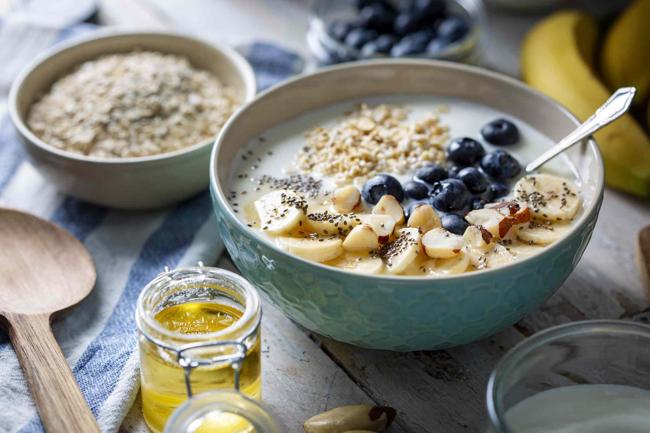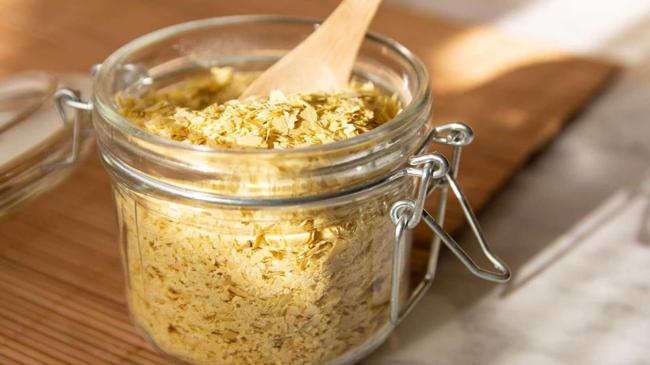Summary
There are plenty of foods rich in protein and fiber that can be more satisfying than oatmeal. Like a bowl of oats, it can depend on what you pair with them.
Source: Health on MSN.com

AI News Q&A (Free Content)
Q1: What are some foods that are more satisfying than oatmeal in terms of protein and fiber content?
A1: Foods like eggs, Greek yogurt, and cottage cheese are more satisfying than oatmeal due to their higher protein content. Additionally, nuts, seeds, and legumes like chickpeas and lentils are rich in both protein and fiber, making them excellent alternatives. Pairing these with high-fiber grains or vegetables can further enhance satiety.
Q2: How does dietary fiber contribute to a feeling of fullness and overall health?
A2: Dietary fiber, particularly soluble fiber, dissolves in water and forms a gel-like substance that can slow digestion, prolonging the feeling of fullness. It is also associated with various health benefits, including lowering blood cholesterol levels and supporting gut health by feeding beneficial gut bacteria.
Q3: What are the latest findings on the impact of fiber and protein intake on health as per recent scholarly articles?
A3: Recent studies have highlighted that adequate intake of fiber and protein is crucial for maintaining optimal health. A study on dietary guidelines emphasizes that a balanced intake of both can reduce the risk of cardiovascular diseases and promote healthy digestion, while also aiding in weight management.
Q4: What protein-rich alternatives to oatmeal are available for vegetarians and vegans?
A4: Quinoa and chia seeds are excellent plant-based alternatives that are rich in protein and fiber. These can be prepared as breakfast bowls or puddings, offering a nutritious and satisfying start to the day. Pairing these with fruits or plant-based milk can enhance their nutritional profile.
Q5: How does protein intake affect satiety compared to fiber?
A5: Protein is more satiating than carbohydrates or fats, as it influences hormones that signal fullness to the brain. Consuming a protein-rich meal can reduce hunger and help control calorie intake throughout the day. Fiber complements this effect by slowing digestion and promoting a prolonged sense of fullness.
Q6: What recent research discusses the role of nutrition in regulating health conditions?
A6: Recent research underscores the role of nutrition in managing health conditions. For instance, a study using machine learning analyzed the association between nutritional factors and cancer risk, finding that a balanced diet with adequate protein and fiber can potentially lower inflammation markers and cancer prevalence.
Q7: Are there any recent guidelines on the recommended daily intake of protein and fiber?
A7: The 2020-2025 Dietary Guidelines for Americans recommend that adult women consume about 46 grams of protein daily, while men should aim for 56 grams. Fiber recommendations are 28 grams for women and 34 grams for men aged 19-30, with slightly reduced amounts for older adults. These guidelines emphasize the importance of incorporating a variety of fiber and protein sources in the diet.
References:
- Dietary fiber - Wikipedia
- Foods That Keep You Full Longer Than Oatmeal - Health.com
- How Much Fiber and Protein Per Day? - Wellwisp.com
- Nutritional Regulation Influencing Colony Dynamics and Task Allocations in Social Insect Colonies
- Association between nutritional factors, inflammatory biomarkers and cancer types
- Dietary Guidelines for Americans, 2020-2025 - U.S. Department of Health and Human Services
- Fiber - Mayo Clinic




